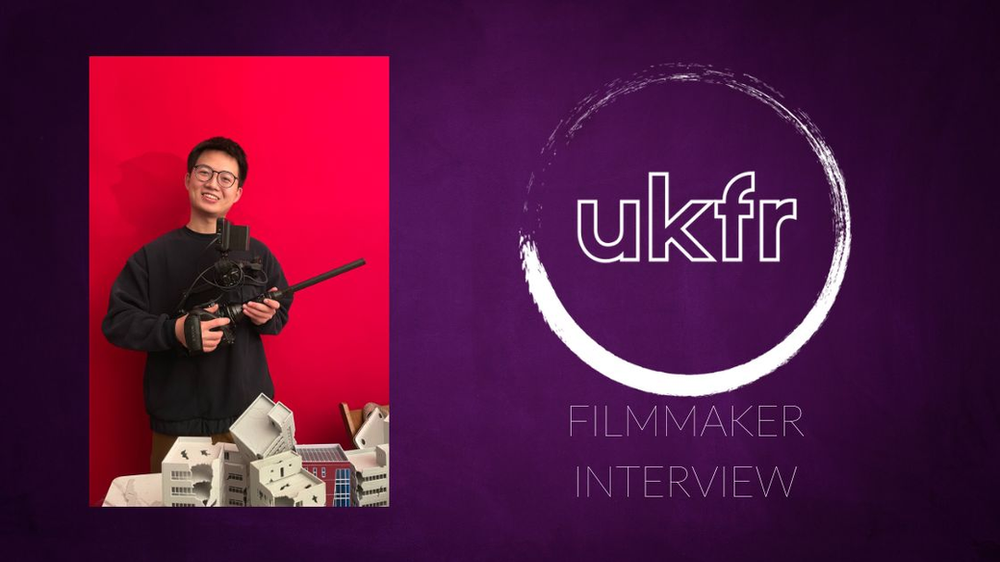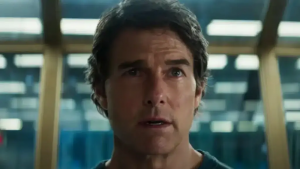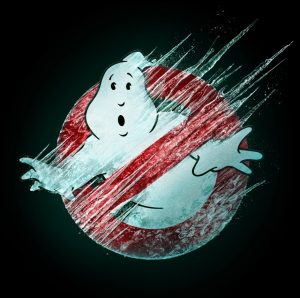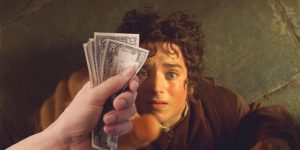
Interview by Chris Olson
Hi Zehua, thanks for speaking with UK Film Review. For those who don’t know you, please tell us a bit about yourself.
My name is Zehua Yang, and I’m a cinematographer currently based in Los Angeles. Originally from China, I’ve had the opportunity to work across both the U.S. and China, which has greatly influenced my approach to filmmaking.
My journey into #cinematography was driven by a deep passion for storytelling through visuals—whether that’s capturing the raw emotion in a #documentary, the energy of a commercial, or the creative vision of a music video.
I’ve been fortunate to showcase my work at prestigious film festivals like NFFTY, Palm Springs, Beijing International Short Film Festival etc. Each project I take on, I strive to build a connection with the audience through the lens, telling stories that resonate on a personal level.
That’s brilliant thanks. And your new film, Kiki & The Ghost, how would you describe this film to a new audience?
Three days before Halloween, a new boy moves in next door to six-year-old Kiki and her family. Convinced that this boy is a real ghost, Kiki sneaks out to the tree between the two homes and discovers that this in fact is not a ghost but, Joe, a boy her same age.
After sparking a swift bond, Joe reveals that he wears the ghost costume to hide bruises inflicted by his mother at home. Unsure of the severity of her new friend’s situation, Kiki does what any kid would and invites Joe for a secret meeting in her pillow fort.
From there, the two talk about family and form a friendship that will hopefully protect them from the outside world forever.
It sounds really interesting. Why did you want to be involved and make this film?
When I first read the script for Kiki & the Ghost, I was drawn to the emotional depth and the way the story unfolded through the characters’ actions rather than dialogue. It immediately felt like a great opportunity to tell the story visually, especially given the emotional weight of Kiki and Joe’s relationship.
The film’s subtlety and quiet moments gave me a chance to explore the atmosphere in a way that made the environment itself almost like a character—something that could reflect both the innocence of childhood and the underlying struggles they face.
The challenge for me was capturing the emotions, the unsaid parts of the story, through composition, lighting, and framing.
Sounds great! Were there any challenges making the film? If so, what were they and how did you overcome them?
Yes, we faced several challenges during the production of Kiki & the Ghost. A big one was the time limitation due to working with child actors.
Our shoot days were capped at 8 hours instead of the usual 12, which required intense pre-planning. We had to know every shot we needed, as well as where to position lights and actors, to avoid wasting time on set.
Another major obstacle was losing a critical supermarket location just three days before the shoot. Thankfully, our producer secured a library as a replacement. This last-minute change meant I had to completely adjust my visual approach and redo a significant portion of the prep.
However, my background in documentary #filmmaking proved invaluable. It allowed me to think quickly, adapt on the spot, and ensure no shot was wasted, even under pressure. These experiences shaped the film and taught us the importance of flexibility and preparation.
What stage is the film currently in? And how can people get to see it?
It’s in the Festival circuit. It actually won an Audience Award at NYFFTY!
Wow, congratulations! What an achievement for your filmmaking. Why do you make movies?
I make movies because storytelling through imagery feels like the most universal way to connect with people.
Growing up, I didn’t have a specific “film dream,” but I was fascinated by how movies captured emotions I couldn’t always express. Films like Yi Yi and Tokyo Story showed me the beauty in everyday life, how a simple gesture or a quiet moment could resonate so deeply.
What drew me to cinematography was discovering the power of visual language. I’m inspired by how light, composition, and movement can evoke emotions that transcend dialogue. For example, I remember watching The Tree of Life and being captivated by how its imagery spoke volumes—telling a story without needing words. It made me realize that cinema is not just about entertainment; it’s a medium that lets us explore human nature, memory, and connection.
When I’m behind the camera, I feel like I’m piecing together a puzzle, shaping a narrative frame by frame. Every project I work on is a chance to explore a new perspective or dive into an emotional truth.
For me, making movies isn’t just about creating something beautiful—it’s about giving audiences moments that linger with them long after the credits roll.
Amazing. What advice would you give to someone just starting out in the film career you have pursued?
If you’re starting out in cinematography or filmmaking, my advice would be to stay curious and adaptable. Take every opportunity, no matter how small, because each project will teach you something new.
Learn to collaborate and listen—filmmaking is a team effort, and building strong relationships is just as important as technical skills. Don’t be afraid to experiment. It’s through trial and error that you find your voice.
And most importantly, stay patient. A film career is a marathon, not a sprint.
Wise words indeed. What’s next for your career after this film?
After this film, I’m looking forward to exploring genres and styles that are entirely new to me. I’m particularly interested in venturing into genres like psychological thrillers, action, or experimental narratives that challenge conventional storytelling.
Right now, I’m also diving deeper into music videos and experimental projects, which allow me to play with abstract visuals and unconventional techniques. This creative freedom is pushing me to see filmmaking in fresh, exciting ways, and I hope to carry that energy into future narrative projects.
#ChrisOlson #FilmmakerInterview



